Frame by Frame: A Guide to Animation and Life
March 31, 2023
Animation is an activity that is nearly always long, tedious, and exhausting. It can often scare away several artists who attempt to even just make a drawing of a ball bounce. Despite the difficulty of learning how to animate and consistently make animated videos, it can actually be a very exciting and rewarding hobby once you apply some useful advice. Animation can be an incredible use of time once you know what goes into making your drawings come alive. Once you understand how to draw storyboards, use layers, and understand all of the details that can improve anything from a small short to an entire movie, you will be able to make animation one of your favorite hobbies.
When animation studios begin a project, after the long process of writing out the story and making character designs, they cannot just start drawing up each frame. It simply would not work on such a gigantic scale, where dozens of people need to make sure that the character sizes are consistent, that the characters are not obstructing everything else, and that everything does not simply look like lifeless mannequins in a mall. Professional animators achieve the vision in their minds by making storyboards. If you have ever seen a behind-the-scenes video by Disney or Dreamworks, then you likely have seen the two-dimensional concept storyboards, filled with rough sketches of the characters moving around, striking crazily exaggerated poses, and doing such chaotic actions that you question how their bones are not breaking. This is the purpose of the storyboards, to exaggerate the characters to their fullest potential in order to test the limits of what they are able to do. Storyboards are like when you are really craving something to eat, but instead of ordering out, you decide you want to cook it yourself. Perhaps it is an Italian-style lasagna, or maybe the perfect sushi, but whatever the recipe is, you want to try it out. You know it may not end up being the most delicious food you have eaten, and you know that if you had just ordered out, you would have eaten a better meal, but even so, you unleash the floodgates and attempt your recipe. It may be messy, but in the end, you now have much more knowledge on how the recipe is supposed to be done. Once you have this knowledge, you are able to make this food again, and this time it will be better. Storyboards work like this. They can be messy, and exaggerated, and a lot of the content you make will end up not being used, but they allow you to know what you need to do when you start the lineart of your actual animation.
Sometimes an issue I come across when I am animating is getting sucked in on drawing each frame, only to see that the frame before is too different for it to smoothly move, leaving me instead with one picture awkwardly becoming the next one, ruining the illusion of movement. This is why it is incredibly important to constantly press the “play” button in your animation program. Storyboards do not need to flow, but when you get into your actual line art, everything needs to flow seamlessly or your audience will lose their immersion in your animation. Even if you only have two or three frames, you need to constantly hit play and make sure that everything is moving well. And then, if it is not moving well, you know that you will need to redraw that frame before you move on so that the rest of the animation is not following a faulty frame. It may hurt, after all, you worked hard on your frame and now you must spend much more time redrawing it, this time much more resentful of it, but in the end, you will be glad you spent more time on it. It is like a student struggling in class. Perhaps no matter how hard the student tried, he just could not wrap his head around polynomials. He may begin hating his math class, wanting to blame the teacher or his exhaustion in school, but in the end, he will only get better if he acknowledges that he needs to improve and works towards it. If you want your animation to be great, then you need to press play and find the frames you need to improve.
There are two aspects of animation that are not considered very necessary but can separate a regular piece from a masterpiece. These two aspects are physics and expression. Many cartoons, especially older ones, often defy physics, having characters float until they look down at the cliff they are over, but these defiant visuals are intentional. There are other animations, however, that have a girl’s ponytail refuse to move even as she runs, jumps, or does a headstand. This is not out of a comical way of mocking physics, but instead due to the animators not considering it. It is important to remember physics to make the movements in your animation more believable. It is like telling a child that they cannot have a castle because that simply cannot happen but suggesting a tree house instead. It is remembering that you need to be grounded. Similar things happen with expressions, characters who are not speaking staring off into space without a thought behind their dead eyes. This only hurts your animation, because your viewers will realize that you forgot about all of these other characters, and they will think that you do not care about them outside of their dialogue. To compare this to real life, it is like when you get so lost in your head that you did not realize your friend was telling you about their weekend. If you want to be a good friend, you need to listen to what your friends are saying. Likewise, to be a good animator, you need to show what your other characters are doing and thinking, even when they are not the focus of your animation.
The final aspect of animation is rendering, which is adding shadows and lights to each frame in your drawing. This is what truly animates your animation. It separates the flat images from their two-dimensional world and brings them to life. It does not need to truly look three-dimensional, but it just makes your characters truly feel like a part of their world. You need to feel passionate about this part, as this is where everything you have been working towards reaches its full potential. When you render well, you can make an incredible piece that you can look back on with pure pride.


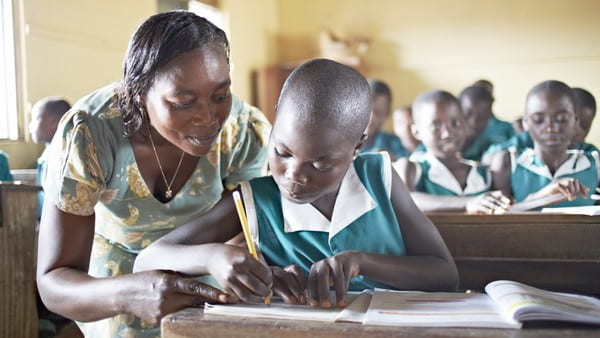








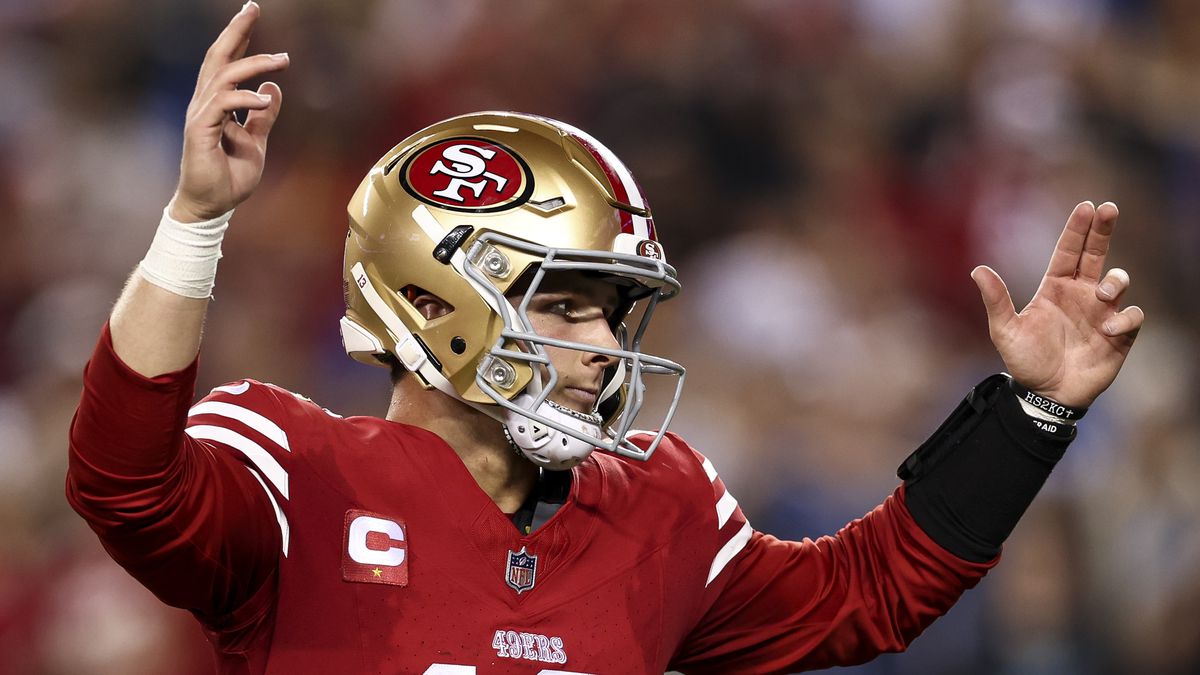
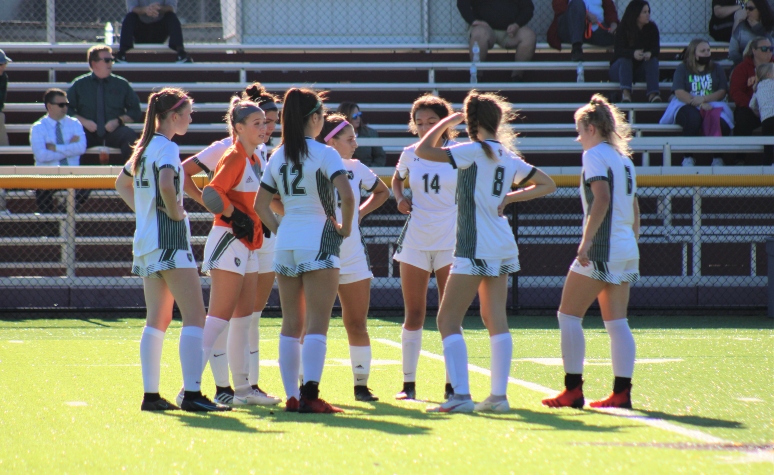




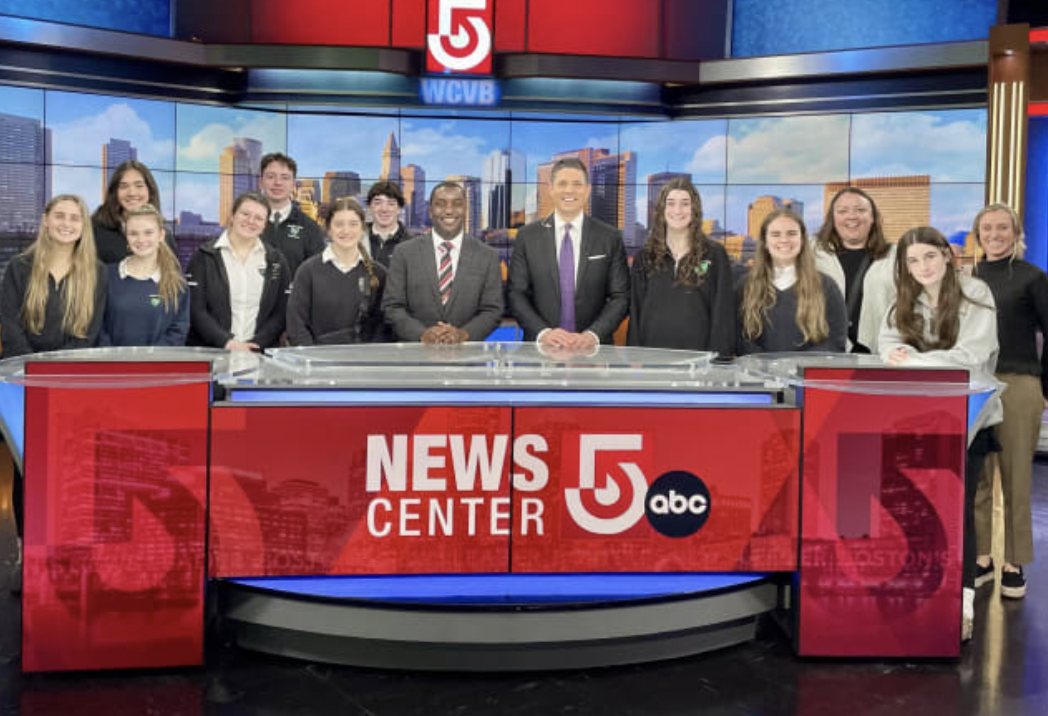
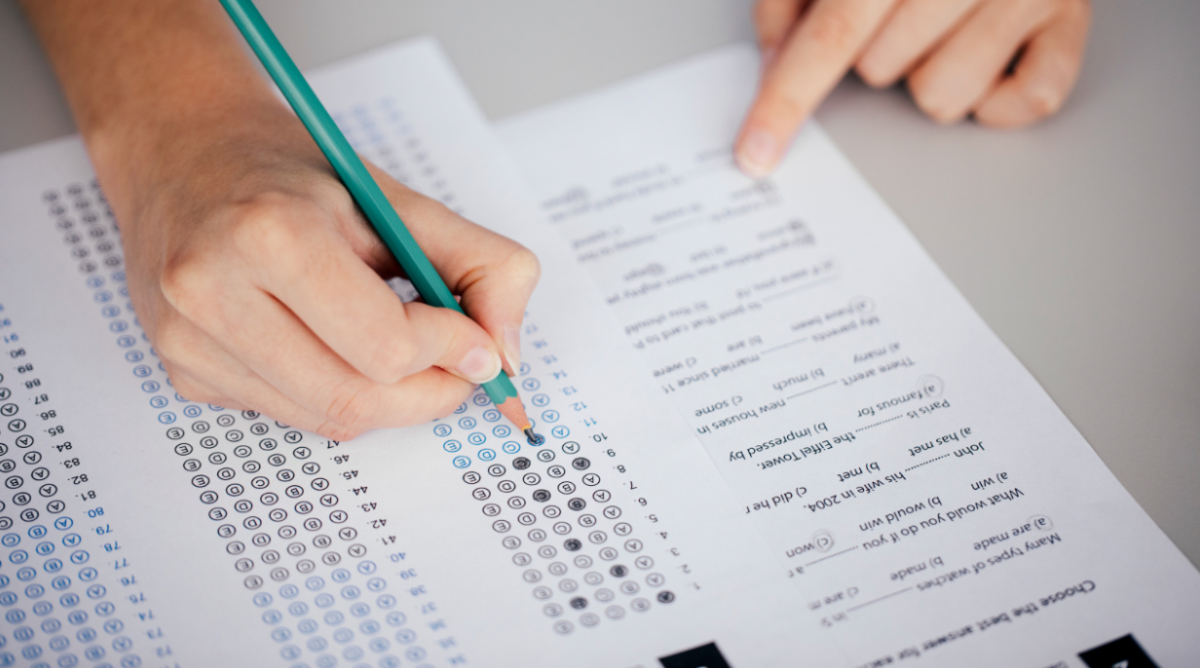




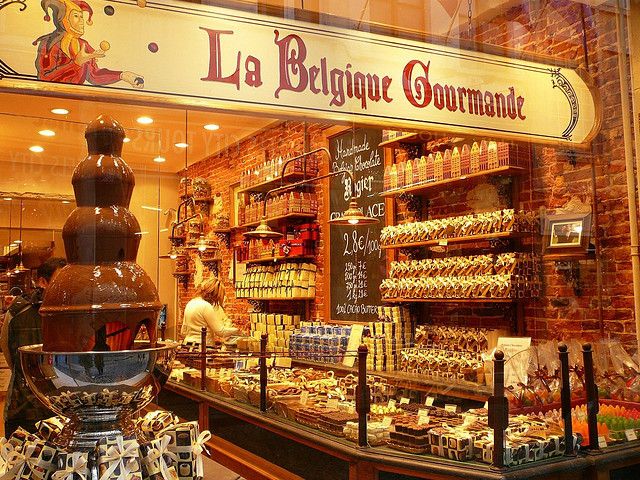


Jared • Apr 3, 2023 at 7:10 am
So true! Live, laugh, love Paula! So goooooooood!